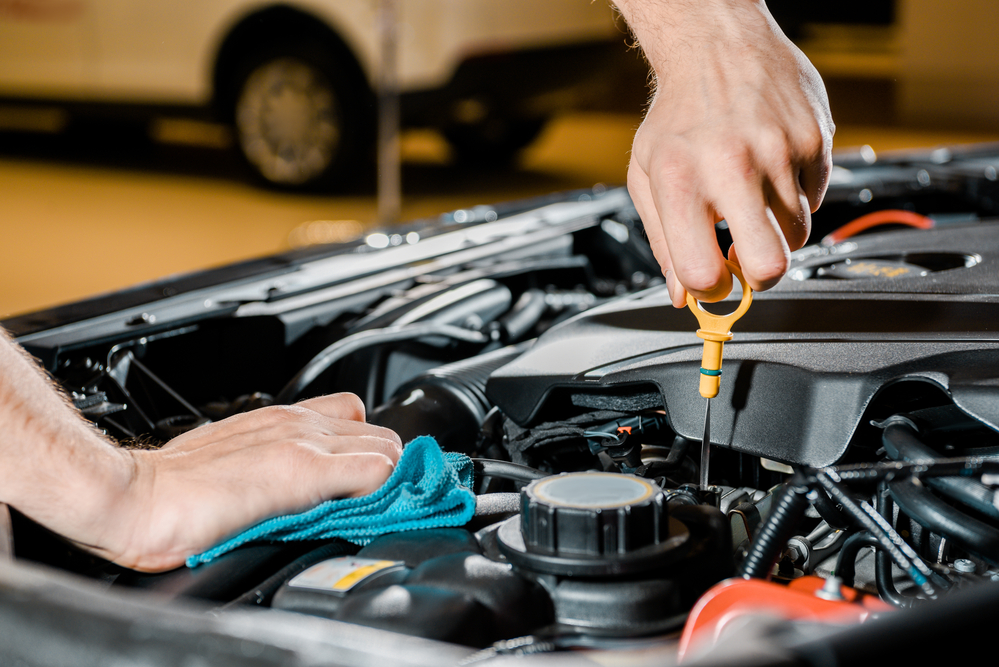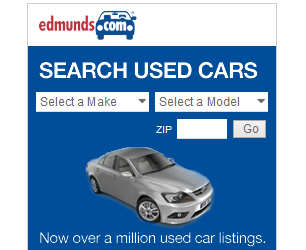Maintenance and Repair Tips on maintaining used cars
Valerie Raskovic

Maintaining your used car is essential to keeping it running smoothly, ensuring longevity and reliability. You do not have to be an automotive technician to do the basics. In this article we will offer some budget-friendly DIY solutions to regular vehicle maintenance. Whether you've just purchased a pre-owned vehicle or want to extend the life of your current car or truck, these tips can help you save money and avoid breakdowns:
Regular Checks and Signs of possible trouble:
Beyond the manufacturer-recommended maintenance schedule, it’s recommended that you check your vehicle regularly.
Be aware of possible warning lights:
Pay attention to warning lights on your dashboard. If any light comes on, address the issue promptly. For a list of warning lights and their possible meanings, please refer to your vehicles owner’s manual.
Catch problems before they become critical:
Listen for unusual noises such as grinding, squealing or knocking, as these can be indicators of underlying problems.
Check Engine Oil:
Check your vehicle engine oil frequently by using the engine oil dipstick. Make sure the oil level remains above the minimum marker and below the top maximum marker on your vehicle’s dip stick. Only use manufacturer recommended oil when topping off or changing your engine oil. For vehicles that do not have an engine oil dipstick you will need to use the built-in electronic interface to measure oil level and oil condition. If you observe a significant decrease in your oil levels within a week, it could indicate the presence of an oil leak or excessive oil consumption by the engine. Both of these issues have the potential to result in serious engine problems and should not be overlooked. It is advisable to promptly schedule a thorough inspection by a certified automotive technician. Ensuring you have the correct amount of oil and good oil condition will lead to optimal engine performance and longevity.
Check engine air filter:
A clean air filter helps your engine breathe easier and can improve fuel efficiency. Make a note to check every 15,000 miles to ensure your engine is breathing smoothly.
Battery Care:
Check your battery's terminals for corrosion and ensure it is securely mounted. If it's an older battery, consider having it tested and/or replaced.
Check Fluid Levels:
Check and top off fluids like coolant, brake fluid and transmission fluid as needed. ONLY use the manufacturer-approved fluids.
Check Tire wear:
Take a penny and place it with Lincoln's head upside down between two treads on your tire. If you can see his entire head, then the chances are you will be needing some new tires.
Brake Inspection:
Have your brakes inspected regularly to catch wear and tear before it becomes a safety issue. Inspect the brake fluid level and if needed, add the recommended brake fluid as specified in the vehicle's owner's manual. While the vehicle is parked in the off position, pump the brakes by pressing repeatedly on the brake pedal. If the brake pedal does not become firm and hard to press, then have the vehicle inspected by a professional. Spongy brakes can be a sign of air trapped in the system or a brake fluid leak. Both concerns should be treated with the utmost seriousness, as they have the potential to lead to severe problems and even accidents if left unaddressed.
Keep Up with Scheduled Services:
Oil Changes:
Regular oil changes are amongst the most important maintenance services any internal combustion vehicle requires in order to function properly. Do not follow your vehicle manufacturer's recommended oil change schedule. Regrettably, over the past decade or more, vehicle manufacturers have been lengthening the recommended oil change intervals. Their motivation behind this practice is to reduce the initial maintenance costs during the warranty period, making the vehicle more attractive to potential new buyers. However, if you intend to keep the vehicle beyond its original new car warranty, we advise against strictly adhering to these extended manufacturer-recommended oil change intervals. While advancements in oil lubricants and the inclusion of detergents have extended the traditional 3,000-mile oil change cycle, it's not advisable to wait for oil changes at 12,000 or 10,000 miles. The issue lies in the fact that, even if the oil remains stable on a molecular level, solid contaminants can still infiltrate the system. Additionally, as detergents break down, they can't all be effectively captured by the oil filter, which also has a limited lifespan.
While it might pose a challenge to pinpoint the ideal timing for an oil change in certain new vehicles, a reliable guideline we've discovered is to shorten the manufacturer's recommended service interval by 30%. For instance, if the manufacturer suggests an oil change every 10,000 miles, consider performing the oil change at every 7,000 miles instead.
Tire Maintenance:
Rotate and balance your tires regularly to ensure even wear and optimal traction. Never fit tires from different brands or with distinct tread patterns on separate wheels of the same vehicle. This is especially important on all-wheel drive vehicles, as it may increase wear and tear on various all-wheel drive system components. Avoid purchasing used tires. Remember, every tire has an expiration date specified on its sidewall and tires bought and installed after their expiration date may not deliver the same performance as brand-new ones.
Adhere to the manufacturer's recommended service schedule:
Except for the manufacturer's oil change schedule as explained above, it is important that you adhere to the manufacturer’s recommended service schedule.
This includes timing belt replacements, air filter changes and other crucial maintenance tasks. Keep track of your vehicle's mileage and replace the timing belt as recommended by your car's manufacturer. Failure to do so can lead to catastrophic engine damage.
Preventative Measures:
When repairs are necessary, use high-quality, manufacturer-recommended parts. Cheap or subpar parts can lead to further problems down the line.
Rustproofing can help protect your vehicle's undercarriage from corrosion, especially in areas with harsh winters and salted roads.
If you are driving on the highway or on unpaved and rocky roads, consider installing PPF, a thick version of clear vinyl wrap, to protect your vehicle's paint.
While some maintenance tasks can be DIY projects, it's often advisable to seek professional help for complex issues to prevent costly mistakes.
Check Vehicle History:
If you're buying a used car, obtain a Vehicle History Report to understand how well it's been cared for.
Remember, regular maintenance not only prevents costly repairs but also ensures your safety on the road. Whether you do it yourself or rely on a professional mechanic, taking care of your used car can extend its lifespan and provide a reliable driving experience.
Read more articles

